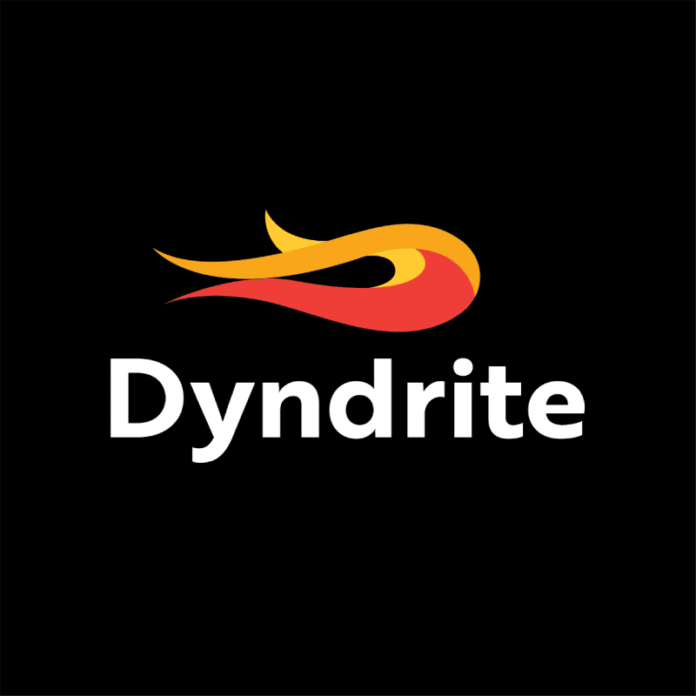There is presently no established format for the LPBF process’ output data. Instead, a variety of proprietary or formats created for different production processes are used.
In its Dyndrite Laser Powder Bed Fusion (LPBF) software, Dyndrite has announced compatibility for the Open Vector Format (OVF) created by the RWTH Aachen University Chair Digital Additive Production DAP.
Scientists at RWTH Aachen University created the open source OVF data format to offer a simplified, information-rich data interface between the digital and physical processes. A solid and effective manufacturing process is reported to be made possible, and it also has “a number of advantages over existing formats like CLI and 3MF.”
With the help of a wide range of tools that cover file conversion to OVF files, integrity check routines, and contour, parameter, and layer checks, LPBF process-relevant metadata about manufacturing parameters, laser powder, and scanning speed can be efficiently transported along the process chain with OVF. These tools are available on the OVF Github.
The lack of a standardised format for the output data of LPBF processes, according to Dyndrite, is a challenge that has been solved by RWTH Aachen University’s creation of OVF. Dyndrite has integrated OVF export functionality directly into its Application Development Kit (ADK) and LPBF products through a partnership with RWTH Aachen University.
“We developed OVF because there was no satisfactory format for 2.5-dimensional data that was both open-readable and contained additional information besides the actual toolpath,” offered, Moritz Kolter, Group Manager Digital Production, RWTH Aachen University Chair Digital Additive Production DAP. “OVF, however, is able to process data after slicing in a performant, readable manner and is also able to link other information such as 3D part data or metadata. This is especially important in order to have a fully linked end-to-end data chain that will drive the industrialisation of AM. For example, we use it for advanced production planning or part orientation algorithms to further promote the sustainable and efficient use of technologies such as LPBF.”












































































